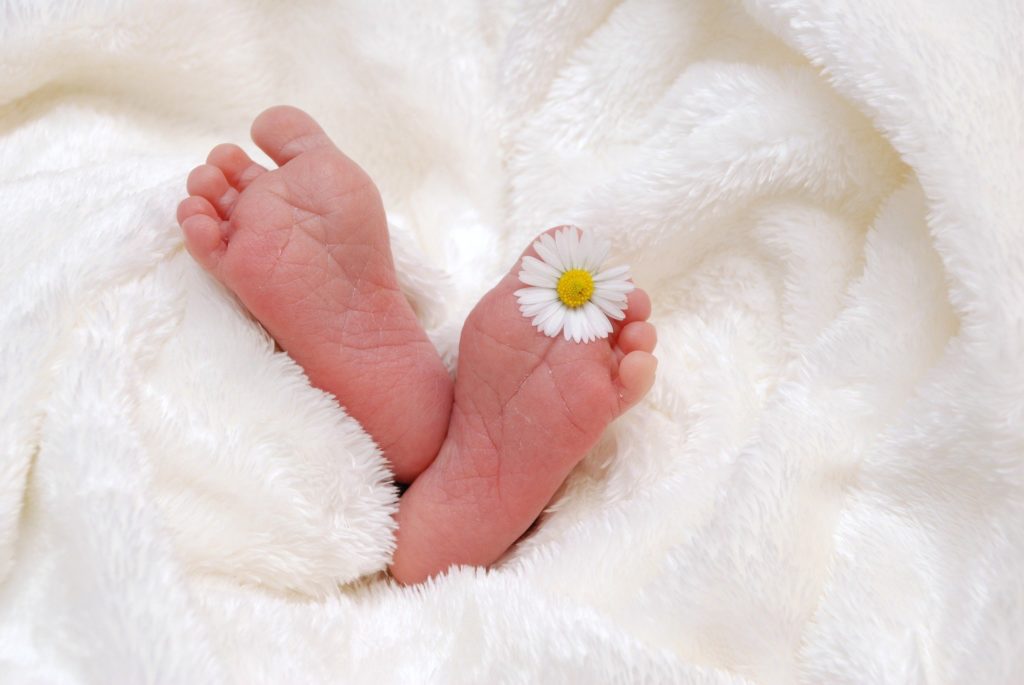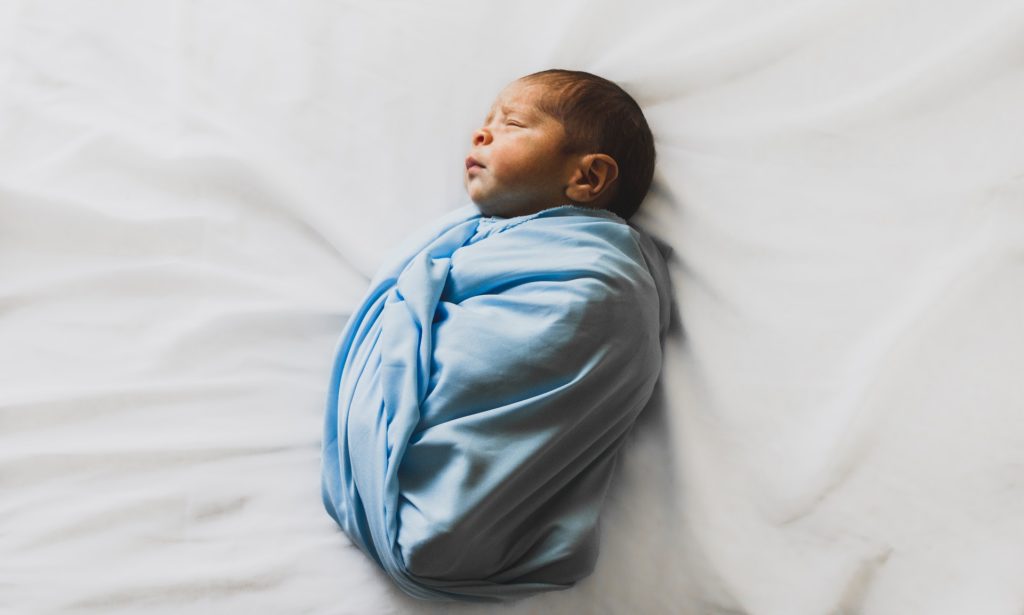The umbilical cord is what connects the fetus with the mother. It is responsible for providing the fetus with nutrients and oxygen that come from the mother. After giving birth, the baby won’t need the umbilical cord again so the cord is clamped and cut. This leaves a bit of cord attached to the baby’s navel which is called an umbilical cord stump. Usually, the umbilical cord stump dries and falls off on its own. It takes about one to three weeks to fall. The umbilical cord stump may cause belly button bleeding while it’s falling off. Newborn belly button bleeding is not usually a sign of an underlying problem. It’s totally normal as it is a part of the healing process.
But if you notice the skin surrounding the newborn’s navel becomes red and swollen, contact the doctor right away. You may want to call the doctor also if you can see pus draining from the baby’s belly button. This could be an indication of an umbilical cord infection that needs medical attention. The baby’s doctor will examine the area and prescribe medications to clear up the infection.
To reduce newborn belly button bleeding and to avoid infections, you should keep the umbilical cord area dry and clean.
What Might Cause Newborn’s Belly Button To Bleed?

You should know that newborn belly button bleeding is common and it’s not usually a cause for concern.
You will notice a few drops of blood in the belly button region. This could be because the umbilical cord starts to separate from the baby’s body.
Also, the baby’s diaper can cause bleeding and irritation If it is rubbed against the cord. Covering the belly button area with a diaper or pressing the diaper against the stump can irritate the area and cause pain and bleeding.
To treat a newborn baby’s belly button bleeding, clean the area around the cord with a small clean piece of gauze. Also, gentle pressure on the umbilical cord can help stop bleeding.
What To Do To Care For The Umbilical Cord Stump?

The umbilical stump dries out and falls off in 1-3 weeks after birth. Taking care of the stump help to reduce bleeding and irritation. It can also help prevent infections.
So here is what you should do:
- Keep the umbilical cord area dry as this makes the stump dry out faster and then fall off.
- Give the baby sponge baths using mild soap and warm water. Avoid submerging the cord in water as this can prevent the stump from drying out which gives it more time to fall off.
Remember to change the baby’s diaper frequently to prevent stool and urine from getting to the belly button area to avoid infections.
Also, don’t cover the stump with the baby’s diaper. You can buy newborn diapers that have a cutout on the front of the diaper so it will not get near the umbilical area. Or you can just fold down the front of the regular diaper to avoid touching the stump. Here are some options:
- Buy loose-fitting clothing for your baby instead of tight clothes. Wearing tight clothes can irritate the area around the belly button while wearing loose-fitting clothing will not as it doesn’t press against the stump.
- Expose the stump to air for some time to help the cord to dry out and fall off.
- Don’t pull off the stump as it can cause discomfort and pain. Also, removing the stump can cause bleeding and infections. So let it fall off on its own.
- Doctors used to instruct parents to use rubbing alcohol to clean around the cord after every diaper change. But lately, studies have shown that applying rubbing alcohol to the cord area may delay the natural healing process. And it makes the stump take a longer time to fall off.
How Long Does It Take For The Umbilical Cord Stump To Separate From The Baby’s Body?

According to the American Academy of Pediatrics, the stump falls off often within 10-14 days in most babies. But also, it could take the umbilical cord stump more time to fall off after birth ( up to three weeks ). The umbilical cord will begin to dry and become smaller then it fells off on its own.
If the stump hasn’t fallen off after three weeks, call the doctor immediately as it could be a sign of a serious problem like infections.
When To See A Doctor?
It’s normal to see a few drops of blood in the belly button area. But if it starts to bleed continuously and you couldn’t stop the bleeding, contact the baby’s doctor right away. This could be a sign of a serious health issue like infections. Also, if the stump doesn’t fall off after 3 weeks, you should visit the baby’s doctor.
Signs of infections include:
- A fever of 100.4°F ( 38°C ) or higher.
- Cloudy or foul-smelling drainage from the navel.
- The skin surrounding the cord becomes red.
- Swelling around the navel.
- The baby seems to be in pain when you touch the belly button or the area around it.
- Rash or blisters around the belly button area.
The doctor will examine the baby’s belly button area well then tell you what the problem is. He/she will also prescribe the right medications and discuss the treatment options with you.
Outlook
Newborn belly button bleeding isn’t usually a serious problem. You should expect to see a few drops of blood come from the umbilical cord. But if the bleeding persists and you couldn’t stop it, talk to the baby’s doctor. This could be a sign of an underlying problem.
A newborn umbilical cord stump usually dries out and falls off within three weeks after birth. If it doesn’t fall off after this time, contact the baby’s doctor.
Proper cord care is essential to avoid infections. You should change the baby’s diaper regularly to keep the area clean which helps to prevent infections. Also, don’t cover the umbilical cord stump with the baby’s diaper as this can cause irritation and bleeding. If you notice any signs of infection like pus draining from the navel, visit the baby’s doctor.
